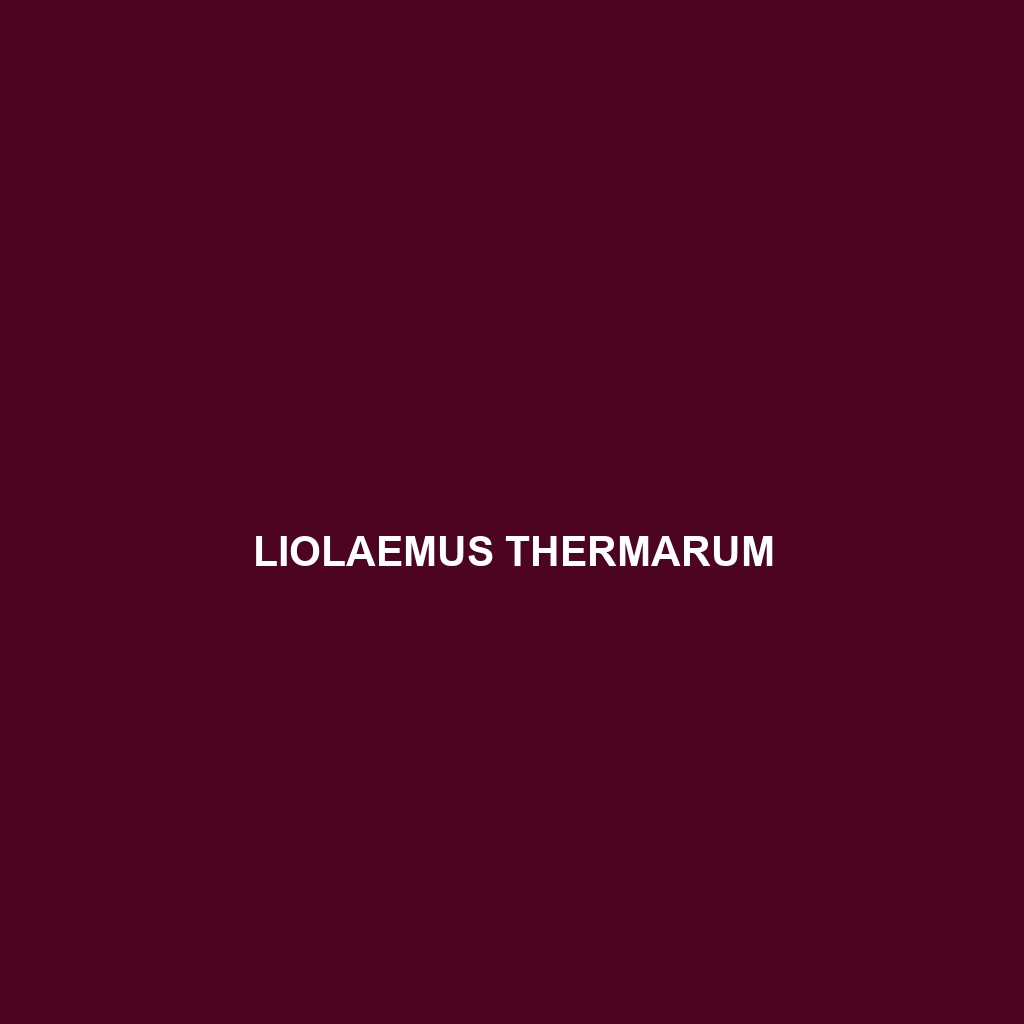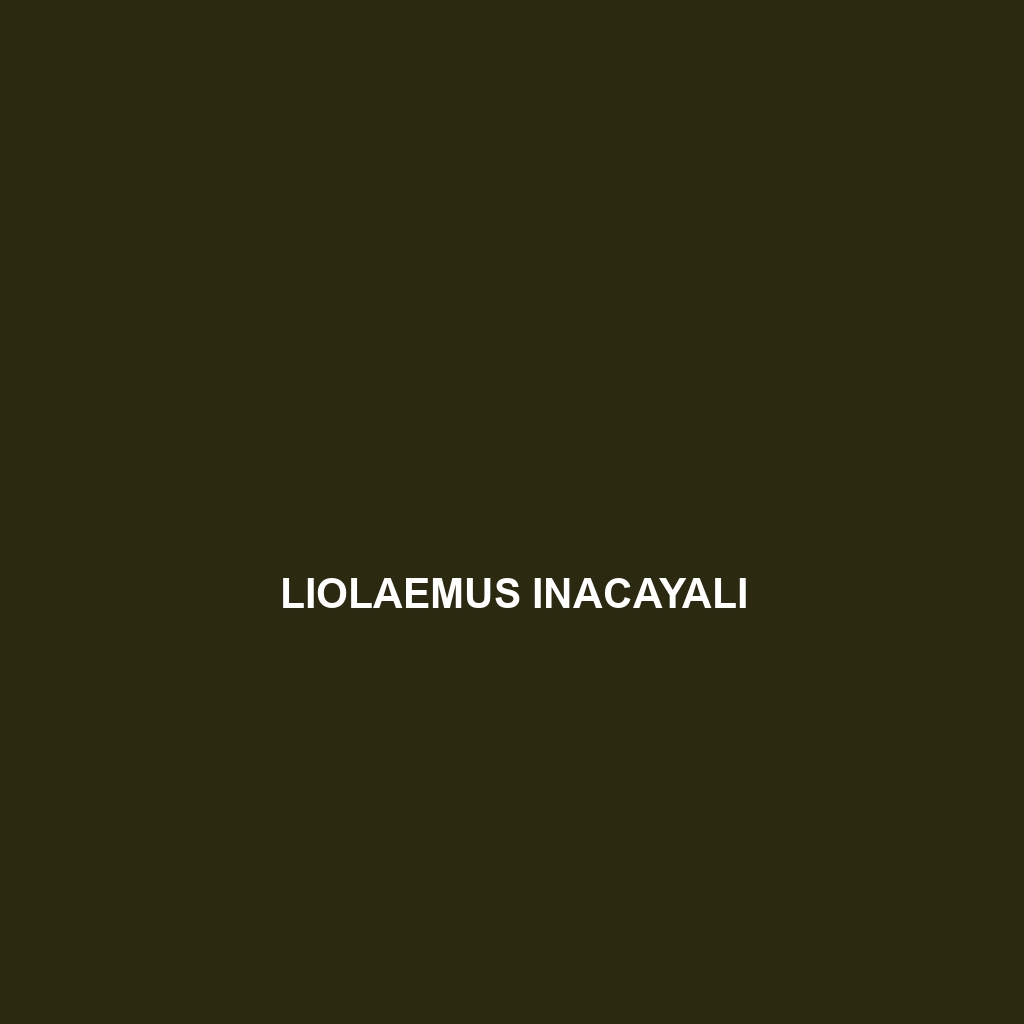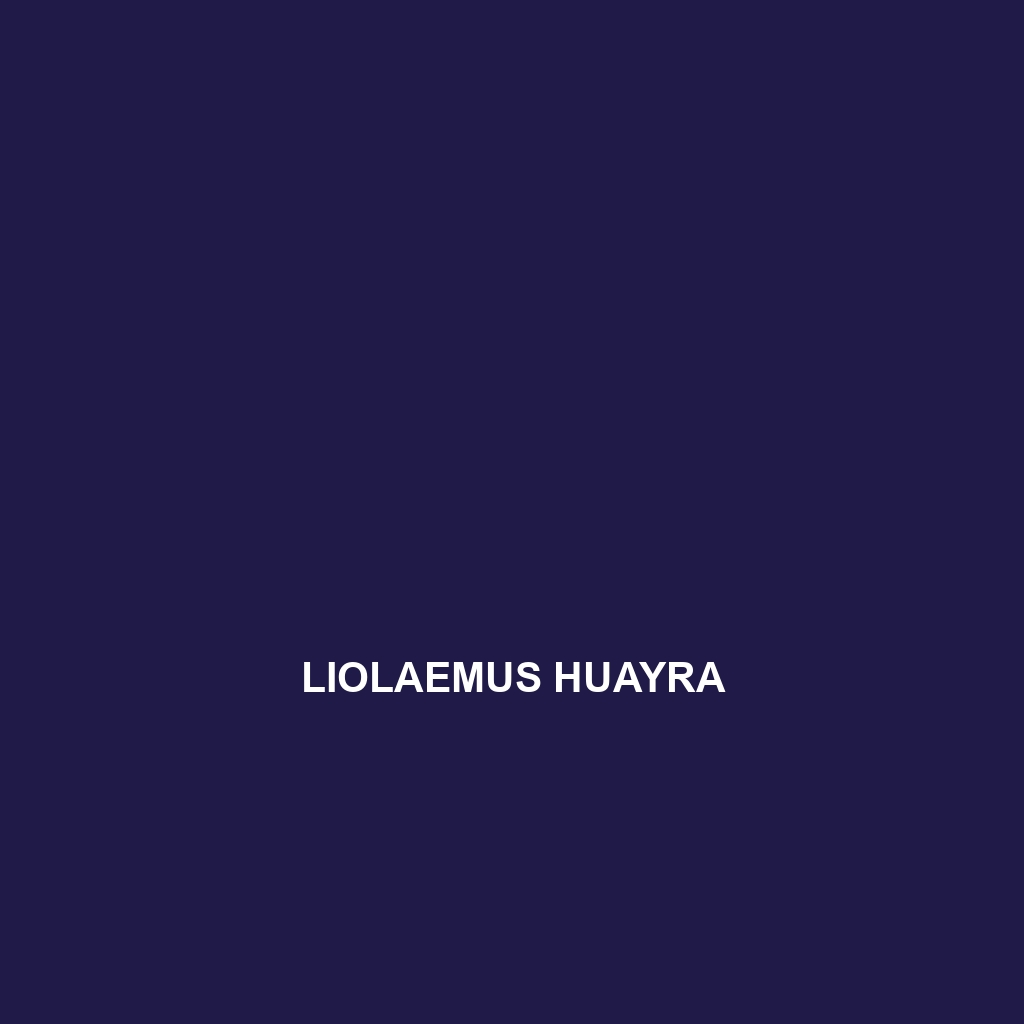<p><b>Pseudotrapelus aqabensis</b> is a resilient lizard native to the arid regions of the Aqaba Gulf in Jordan, characterized by its medium size (30-50 cm), sandy yellow and gray coloration, and vibrant colors during mating. This diurnal, insectivorous species plays a crucial ecological role by controlling insect populations and contributing to local biodiversity.</p>
Tag: rocky outcrop species
Pseudotrapelus aqabensis
<p><b>Pseudotrapelus aqabensis</b> is a resilient lizard native to the arid regions of the Aqaba Gulf in Jordan, characterized by its medium size (30-50 cm), sandy yellow and gray coloration, and vibrant colors during mating. This diurnal, insectivorous species plays a crucial ecological role by controlling insect populations and contributing to local biodiversity.</p>
Lygodactylus graniticolus
<p>The <b>granite dwarf gecko</b> (<i>Lygodactylus graniticolus</i>) is a small, agile species from eastern Africa, known for its unique coloration and nocturnal behavior. Thriving in rocky habitats, this insectivorous gecko plays a crucial role in regulating insect populations and serves as an indicator of ecosystem health.</p>
Liolaemus thermarum
<p><b>Liolaemus thermarum</b> is a unique, medium-sized lizard native to the high-altitude Andes, characterized by vibrant coloration and diurnal behavior. This insectivore thrives in rocky, temperate forest habitats, playing a crucial role in the ecosystem by controlling insect populations and serving as an important food source for predators.</p>
Liolaemus lorenzmuelleri
Discover the unique Liolaemus lorenzmuelleri, a medium-sized lizard native to arid regions of southern South America, characterized by its robust body, distinctive coloration, and social diurnal behavior. This fascinating insectivore plays a vital role in its ecosystem by controlling insect populations and serving as prey for larger predators.
Liolaemus igneus
<p><b>Liolaemus igneus</b>, also known as the fiery lizard, is a striking, omnivorous species native to the mountainous regions of the Andes in South America. Renowned for its vibrant orange and red coloration, this agile lizard thrives in diverse habitats, playing a crucial role in maintaining ecological balance by controlling insect populations.</p>
Liolaemus huayra
<p><b>Liolaemus huayra</b> is a medium-sized lizard found in the temperate regions of the Southern Andes, characterized by its vibrant green and brown coloration, elongated body, and unique iridescent scales. This insectivorous species plays a crucial role in its ecosystem by controlling pest populations and exhibits fascinating behaviors, including diurnal activity and rapid camouflage.</p>
Liolaemus gununakuna
Discover the Liolaemus gununakuna, commonly known as the Gununakuna lizard, a vibrant insectivore native to the temperate forests, savannas, and rocky outcrops of Chile and Argentina, noted for its striking colors and adaptability in diverse habitats. With a length of 15 to 20 centimeters, this lizard plays a crucial role in controlling insect populations while serving as prey for larger predators, emphasizing the importance of its conservation.
Cyrtopodion golubevi
The Cyrtopodion golubevi, or Golubev's Rock Gecko, is a medium-sized, nocturnal lizard native to the arid rocky habitats of Central Asia, known for its impressive camouflage and insectivorous diet. Classified as 'Vulnerable', this species plays a vital role in maintaining the ecological balance by controlling insect populations.
Cyrtodactylus zhaoermii
Cyrtodactylus zhaoermii, a medium-sized gecko from southern China, thrives in moist, subtropical forests and rocky terrains. This nocturnal insectivore features a flattened head, elongated limbs, and distinct toe pads, allowing it to expertly navigate its rocky habitat while playing a crucial role in pest control and ecosystem balance.









